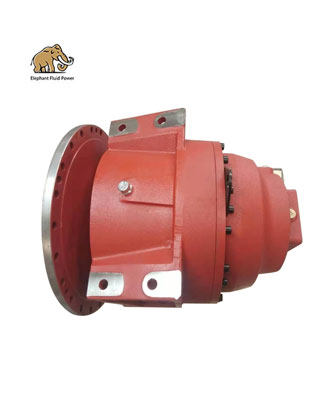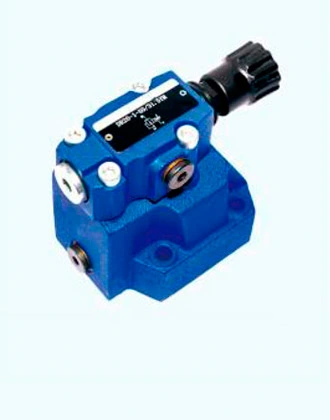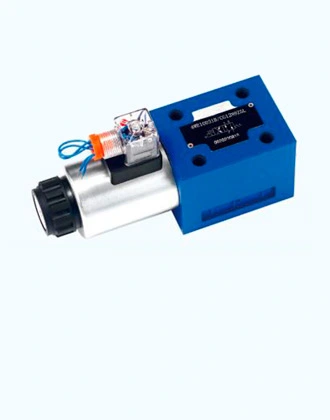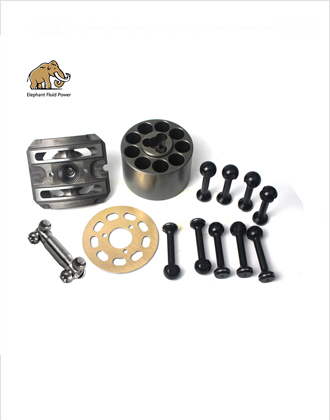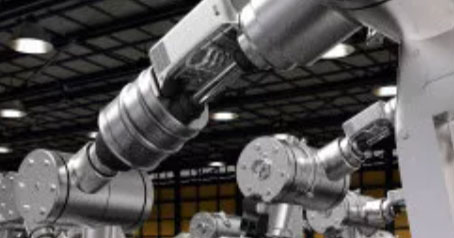Constructing a reliable and efficient piston pump hydraulic system requires careful consideration of the components that make up the system. Each component plays a vital role in ensuring the system's performance, durability, and safety. In this blog, we'll explore the key components that contribute to a dependable piston pump hydraulic system and discuss how to choose the right ones for your application.
Selecting the Piston Pump
Determine the required flow rate and pressure for your application. Select a pump that can deliver the necessary hydraulic power while operating within its design limits. There are various types of piston pumps, including axial piston pumps and radial piston pumps. Axial piston pumps are suitable for applications that require variable flow rates, while radial piston pumps excel in high-pressure situations. Look for pumps with high volumetric and mechanical efficiency. Efficient pumps contribute to reduced energy consumption and minimized heat generation.
Choosing Hydraulic Fluid
Choose a hydraulic fluid with the appropriate viscosity for the system's operating temperature range. Viscosity affects fluid flow and efficiency. Ensure that the selected fluid maintains its properties within the operating temperature range of the system. Temperature stability prevents fluid degradation and system malfunctions. Opt for hydraulic fluids that have good contaminant resistance, as clean fluid is essential for maintaining component integrity and system performance.
Designing the Hydraulic Lines and Valves
Select hydraulic lines and fittings that are appropriately sized for the flow rate and pressure requirements of the system. The material should be compatible with the hydraulic fluid and resistant to corrosion. Choose directional control valves and pressure control valves that match the system's needs. Directional control valves determine fluid path, while pressure control valves regulate system pressure. Select an actuator that can generate the required force or torque to perform the intended task. Consider the load conditions and dynamics of the application. Ensure that the actuator's range of motion aligns with the application's requirements. Overextending or underutilizing the actuator's range can lead to inefficiencies or damage.
Constructing a reliable piston pump hydraulic system hinges on selecting the right components that work in harmony to achieve the desired outcomes. From the piston pump itself to the hydraulic fluid, lines, valves, and actuators, each component contributes to the system's efficiency, durability, and overall performance. By meticulously evaluating the requirements of the application and matching them with the characteristics of the chosen components, you can build a piston pump hydraulic system that meets your needs while ensuring safety and long-term functionality.
 French
French
 Portuguese
Portuguese
 Russian
Russian
 German
German
 Spanish
Spanish
 Japanese
Japanese
 Korean
Korean
 Irish
Irish
 Greek
Greek
 Turkish
Turkish
 Italian
Italian
 Danish
Danish
 Romanian
Romanian
 Indonesian
Indonesian
 Czech
Czech
 Afrikaans
Afrikaans
 Swedish
Swedish
 Polish
Polish
 Basque
Basque
 Catalan
Catalan
 Esperanto
Esperanto
 Hindi
Hindi
 Lao
Lao
 Albanian
Albanian
 Amharic
Amharic
 Armenian
Armenian
 Azerbaijani
Azerbaijani
 Belarusian
Belarusian
 Bengali
Bengali
 Bosnian
Bosnian
 Bulgarian
Bulgarian
 Cebuano
Cebuano
 Chichewa
Chichewa
 Corsican
Corsican
 Croatian
Croatian
 Dutch
Dutch
 Estonian
Estonian
 Filipino
Filipino
 Finnish
Finnish
 Frisian
Frisian
 Galician
Galician
 Georgian
Georgian
 Gujarati
Gujarati
 Haitian
Haitian
 Hausa
Hausa
 Hawaiian
Hawaiian
 Hebrew
Hebrew
 Hmong
Hmong
 Hungarian
Hungarian
 Icelandic
Icelandic
 Igbo
Igbo
 Javanese
Javanese
 Kannada
Kannada
 Kazakh
Kazakh
 Khmer
Khmer
 Kurdish
Kurdish
 Kyrgyz
Kyrgyz
 Latin
Latin
 Latvian
Latvian
 Lithuanian
Lithuanian
 Luxembourg
Luxembourg
 Macedoniar
Macedoniar
 Malagasy
Malagasy
 Malay
Malay
 Malayalam
Malayalam
 Maltese
Maltese
 Maori
Maori
 Marathi
Marathi
 Mongolian
Mongolian
 Burmese
Burmese
 Nepali
Nepali
 Norwegian
Norwegian
 Pashto
Pashto
 Persian
Persian
 Punjabi
Punjabi
 Serbian
Serbian
 Sesotho
Sesotho
 Sinhala
Sinhala
 Slovak
Slovak
 Slovenian
Slovenian
 Somali
Somali
 Samoan
Samoan
 Scots Gaelic
Scots Gaelic
 Shona
Shona
 Sindhi
Sindhi
 Sundanese
Sundanese
 Swahili
Swahili
 Tajik
Tajik
 Tamil
Tamil
 Telugu
Telugu
 Thai
Thai
 Ukrainian
Ukrainian
 Urdu
Urdu
 Uzbek
Uzbek
 Vietnamese
Vietnamese
 Welsh
Welsh
 Xhosa
Xhosa
 Yiddish
Yiddish
 Yoruba
Yoruba
 Zulu
Zulu

